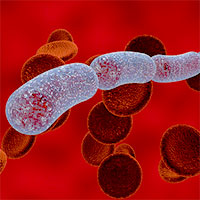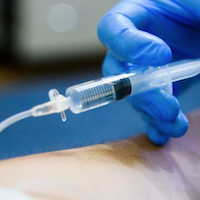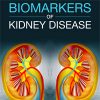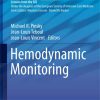Fluid Therapy for Critically Ill Adults with Sepsis
jamanetwork.com
Fluids are an important component of treating patients who are critically ill with sepsis. Although optimal fluid management in patients with sepsis remains uncertain, clinicians should consider the risks and benefits of fluid administration in each phase of critical illness, avoid use of hydroxyethyl starch, and facilitate fluid removal for patients recovering from acute respiratory distress syndrome (ARDS).
Among 3,723 patients with sepsis who received 1 to 2 L of fluid, 3 randomized clinical trials (RCTs) reported that goal-directed therapy administering fluid boluses to attain a central venous pressure of 8 to 12 mm Hg, vasopressors to attain a mean arterial blood pressure of 65 to 90 mm Hg, and red blood cell transfusions or inotropes to attain a central venous oxygen saturation of at least 70% did not decrease mortality compared with unstructured clinical care.
Among 1,563 patients with sepsis and hypotension who received 1 L of fluid, an RCT reported that favoring vasopressor treatment did not improve mortality compared with further fluid administration.




















